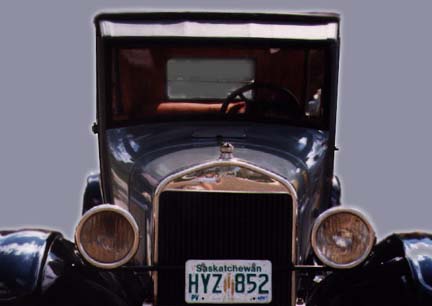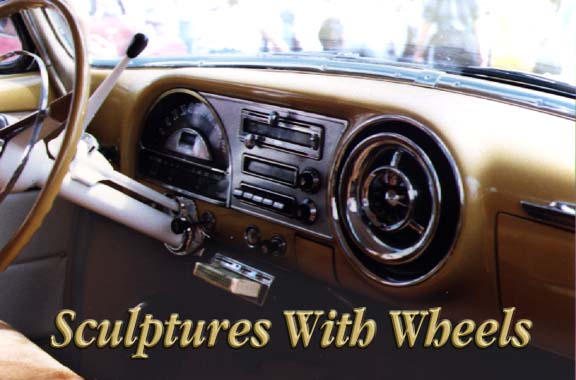
It has always been that people have tended to build things to use that are not only functional but are pleasing to look at but perhaps even more interesting, to touch. I always enjoy seeing owners of prize antique cars place a conspicuous sign near the car on display imploring the viewer not to touch when it is clear that they designer had made the object with that as the primary attraction.
I can remember as a eight or nine year old standing in awe at the nose of fifty-one
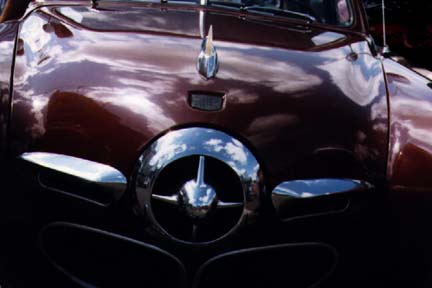
The 1920s stretched into the thirties and the functional design of cars with their fenders that were after thoughts also held some hint of the future and the need for aesthetic interest. This
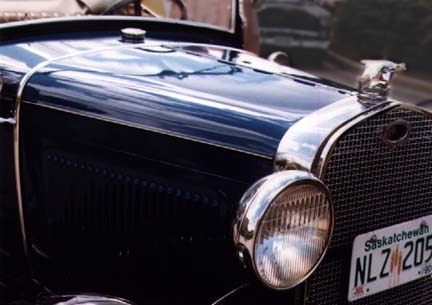
The top picture on this page is from a general motors car of the early fifties and the one on the right is of the inside of the Studebaker. The gleaming chrome and eye catching shapes beg to be touched and the Studebaker even grouped the various controls aviation style along the base of the dashboard.
When Henry Fords utilitarian super functional long to be manufactured Model T came on the market it was meant to be cheap, useful and durable. The best design for
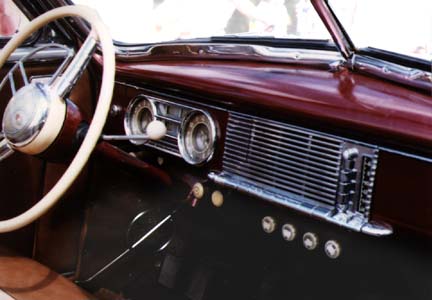
This example was the plain Jane all black version but while these were being made Henry's line also cranked out brass ones with the yellow glow covering a whole range of parts. Other then in museums few of these exist for metal shortages during World War II saw them melted into shell casings. Still the plain version was and is an icon projecting the American Protestant work ethic of the time and the mind conjures up just a hint of the smell of cheap liquor.
--
-
-
-
